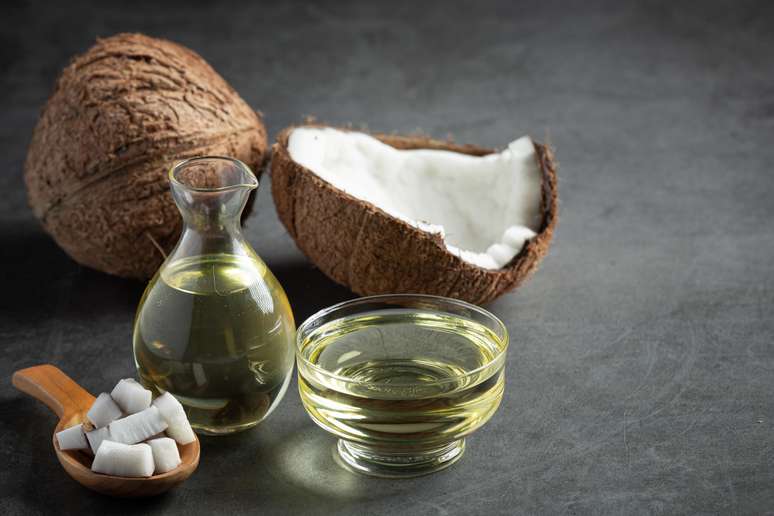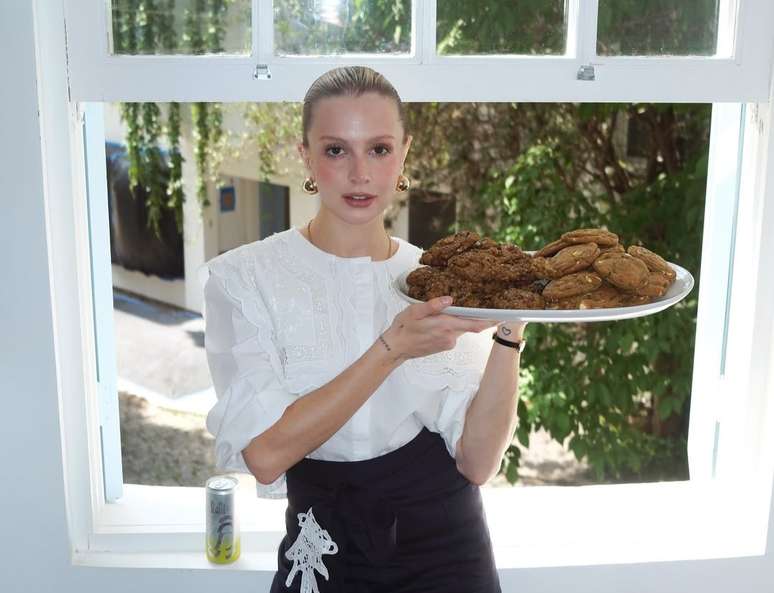Chicken is the most popular type of meat. It is easy and quick to prepare, rich in protein and low in fat. However, not all parts of a chicken carcass have the same nutritional value. If you monitor your diet, it will be useful for you to know which part of the chicken is considered the most dietary, and how much more nutritious all other pieces are.
Chicken pieces have different caloric content. In addition, the KBJU of poultry meat is influenced by cooking methods – we will tell you about everything in more detail.
The content of the article
Hide











